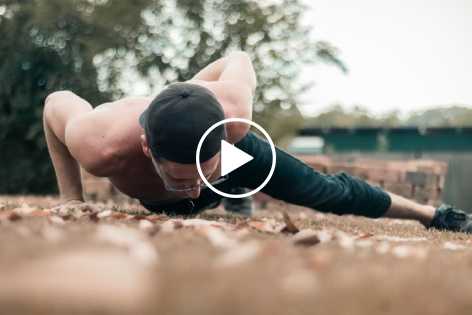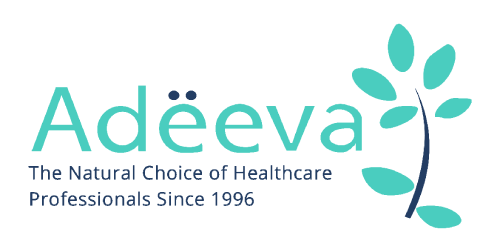
LMU 36 – Exercise and Blood Pressure Regulation: A Comprehensive Analysis
Source: The Journal of the American Heart Association (2013) and the 68th Annual Conference of the Cardiological Society of India (December 2016)
Lifestyle Medicine Update (January 7, 2017)
Introduction:
This review centers on a study published in the Journal of the American Heart Association on February 1, 2013. The research examines the intricate relationship between exercise and blood pressure, delving into the repercussions of exercise on this critical cardiovascular parameter.
Insights from the Research
The study constitutes a meticulous systematic review, encompassing 93 clinical trials that scrutinize the interplay between exercise and blood pressure. This comprehensive analysis aggregates data from over 5,000 participants, offering a profound understanding of exercise’s impact on blood pressure dynamics.
Decoding Exercise’s Influence on Blood Pressure
The findings of this investigation underscore a tangible link between exercise and blood pressure reduction. This influence extends to both systolic and diastolic blood pressure, proving particularly advantageous for individuals with elevated blood pressure levels. Furthermore, exercise exerts a salutary effect on individuals teetering on the brink of high blood pressure, falling within the prehypertension category.
Grasping Blood Pressure Metrics
At the heart of this exploration lies the comprehension of blood pressure metrics. Elevated blood pressure, or hypertension, manifests as resting blood pressure levels at or above 140 over 90. This metric encompasses systolic blood pressure, reflecting heart contraction force, and diastolic blood pressure, denoting arterial resistance. These numerical insights pave the way for unravelling exercise’s impact on blood pressure.
Exercise’s Mechanism: A Succinct Discourse
Engagement in exercise triggers a transient blood pressure elevation, succeeded by a post-exercise dip below baseline levels. This response emanates from dwindling circulating adrenaline, subdued nervous system activity, and heightened nitric oxide secretion by blood vessels. This confluence orchestrates arterial relaxation, ultimately curtailing diastolic pressure, which reverberates to systolic pressure.
Forging an Effective Exercise Regimen
Optimal blood pressure modulation hinges on a robust exercise regimen. The American College of Sports Medicine advocates a regimen of 30 minutes of aerobic endurance exercise across five days. The amalgamation of endurance exercise with resistance training yields potent results. Calculating the aerobic training zone involves deducting age from 220 to ascertain maximal attainable heart rate, subsequently determining lower and upper zone limits for precision blood pressure regulation.
Mitigating Prehypertension through Exercise
A study highlighted at the 68th Annual Conference of the Cardiological Society of India in December 2016 spotlighted the efficacy of Hatha Yoga in prehypertension management. With systolic blood pressure spanning 120 to 139 or diastolic blood pressure within 80 to 89, this intervention underscored exercise’s efficacy in modulating blood pressure even within the prehypertensive spectrum.
Reaping Health Dividends: A Strategic Investment
Empirical evidence underscores the potency of a modest 2mmHg reduction in diastolic blood pressure, translating to a 6% plunge in coronary heart disease risk and a 15% dip in transient ischemic attack and stroke vulnerabilities. These figures underscore exercise’s transformative impact on holistic well-being.
Concluding Thoughts: Exercise as a Cornerstone
In the landscape of health optimization, exercise emerges as an influential catalyst for blood pressure regulation. The research narrative ardently advocates for the incorporation of exercise as a fundamental pillar, with its far-reaching effects resonating beyond the boundaries of blood pressure control.
References:
- Journal of the American Heart Association: http://jaha.ahajournals.org/content/2/1/e004473
World Health Network: http://www.worldhealth.net/news/daily-yoga-lowers-blood-pressure

Dr. James Meschino
ABOUT THE AUTHOR
Dr. James Meschino, DC, MS, ROHP, is an educator, author, and researcher having lectured to thousands of healthcare professionals across North America. He holds a Master’s Degree in Science with specialties in human nutrition and biology and is recognized as an expert in the field of nutrition, anti-aging, fitness, and wellness as well as the author of numerous books.


